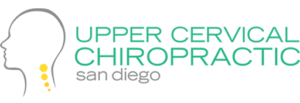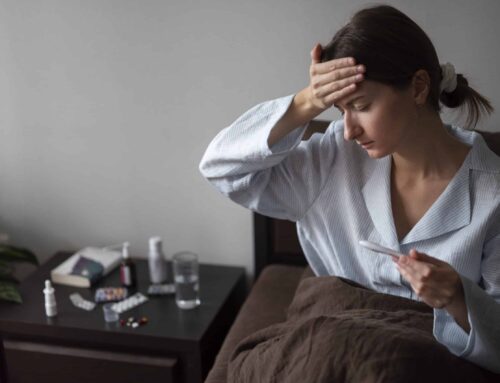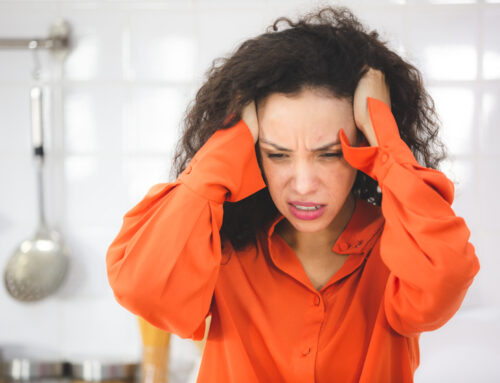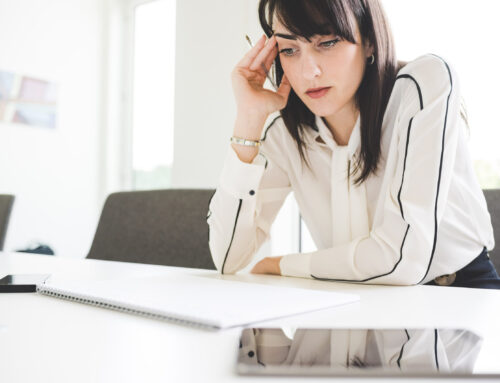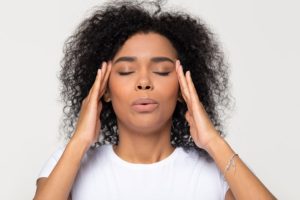 No matter how much you want to be free from migraines, sometimes you have no choice but to just bear it. At the very least, though, you would want to avoid what may cause your migraine attacks. These things are called triggers, and how you deal with them can influence your overall experience of the migraine. Unfortunately, many people seeking a migraine relief clinic in San Diego are unsure about their triggers. There are triggers you can avoid, thus reducing the frequency of your migraines, but some are unavoidable.
No matter how much you want to be free from migraines, sometimes you have no choice but to just bear it. At the very least, though, you would want to avoid what may cause your migraine attacks. These things are called triggers, and how you deal with them can influence your overall experience of the migraine. Unfortunately, many people seeking a migraine relief clinic in San Diego are unsure about their triggers. There are triggers you can avoid, thus reducing the frequency of your migraines, but some are unavoidable.
Migraine triggers vary from person to person, so you should keep a journal that documents your migraine experiences. This could either be a handy notebook you always keep near you or an app on your smartphone where you can easily jot down notes as soon as an attack happens.
Table of Contents
Top Triggers of Migraine Attacks
Here is a list of the ten most common migraine triggers you should watch out for.
1. Auditory Triggers
According to a study, out of all the senses, issues with hearing are the most likely to lead to a migraine. Common sound triggers are unexpected sounds, loud noises, and repeating sounds. Different kinds of sounds are possible migraine triggers.
2. Sleep Problems
There are various forms of insomnia: you could have trouble falling asleep entirely or you might keep on waking up throughout the night. Regardless of form, insomnia can trigger a migraine. Sleep medications may help severe cases, but you can improve your quality of sleep just by modifying your environment and bedtime habits. Stay away from electronic devices before bedtime, since the blue light prevents the body from producing melatonin, which makes you sleepy. You can also set the right temperature on the thermostat or have a comfy pillow to build your ideal sleeping conditions.
3. Stress
It is not surprising that being in stressful situations or having high-stress levels can cause a migraine attack. Not only could it happen during a high-stress state, but a migraine can also occur as you are coming down from this stressful time. Make sure to be still alert after the stressful situation has passed, even if a migraine has not started yet. Learning healthy ways to cope with stress can help with your condition.
To learn more about the connection between head and neck injuries and migraine download our complimentary e-book by clicking the image below.
4. Weather Changes
This is a trigger that, unless you move to a different climate, is essentially unavoidable. For some people, their migraines can be triggered just by increased windiness or having a nearby strike of lighting. For others, dramatic changes in temperature, humidity, or barometric pressure trigger a migraine attack. If you have this trigger, it is best to take extra caution during extreme weather conditions.
5. Fatigue
Do note that fatigue can also be a symptom of the migraine prodrome phase, besides being an actual migraine trigger. It could be a warning that a migraine is about to come, and it could also be what triggers the attack.
6. Visual Triggers
Lights affect patients with migraines in different ways. The glare of the sun, the brightness of the light, or repeating patterns may lead to migraines for some people.
7. Alcohol
Some people deal with stress using cigarettes and alcohol, which we already know as common migraine triggers. This emphasizes the importance of having positive ways to deal with stress. Drinking and smoking are not only bad for your body in the long run, but they can also induce a migraine attack.
8. Fasting
Skipping meals is a sure way to get a migraine. To avoid skipping meals, set an alarm on your phone to remind yourself to eat your meals. This is especially important during days that you will be busy at work or school, as it is easier for you to forget about food when you’re preoccupied. You may be able to bring food to your work desk and eat it while working. Skipping meals just to get more work done can result in even more hours or days of missed work due to a migraine attack.
9. Olfactory Triggers
Another sensory trigger is olfactory triggers, such as strong scents and chemical scents. The smell of cigarettes triggers a lot of migraines. Scents such as perfume, gasoline, and nail polish are also common triggers. Although it is hard to control the scents that surround you (you can’t control the perfume of your co-worker or the person next to you on the bus, after all), you can avoid this trigger by using a face mask or covering your nose when in a public space.
10. Hormone Fluctuations
Statistics reveal that the ratio of female to male migraine patients is three to one, and this may be due to the additional triggers of specific hormones exclusive to females. Reports say that the frequency and severity of headaches increase during menses, pregnancy, pre-menopause, and menopause – the periods in females’ lives when fluctuation of hormones usually occur.
Natural Migraine Relief Clinic in San Diego, California
When you have a condition as inconvenient and debilitating as migraine attacks, you want to have the best possible care available. A natural way to reduce the frequency and severity of migraines is through upper cervical chiropractic care. Here at Upper Cervical Chiropractic San Diego, a lot of our patients have completely recovered from their condition after receiving this form of care.
You can view our testimonials page for reviews left by patients who found relief for their migraines and other conditions. If you are interested in trying out upper cervical chiropractic for your migraines, especially if you have a history of head or neck trauma, call us at (858) 577-0662 to schedule a consultation with a migraine relief clinic in San Diego, or you may fill out our contact form and wait for a call back.
To schedule a consultation with Upper Cervical Chiropractic San Diego, call 858-434-5926 or just click the button below.
If you are outside of the local area you can find an Upper Cervical Doctor near you at www.uppercervicalawareness.com.
